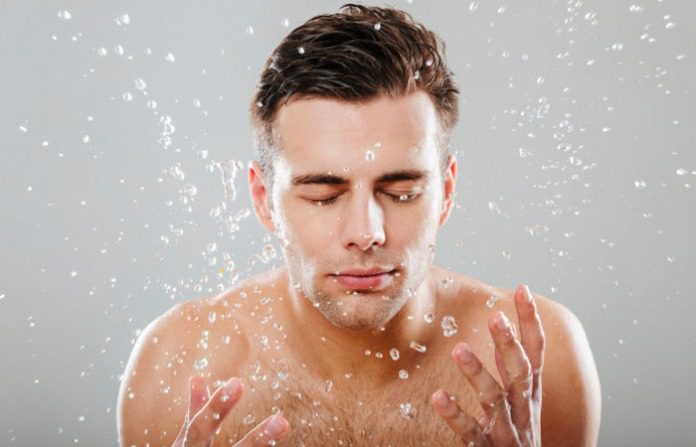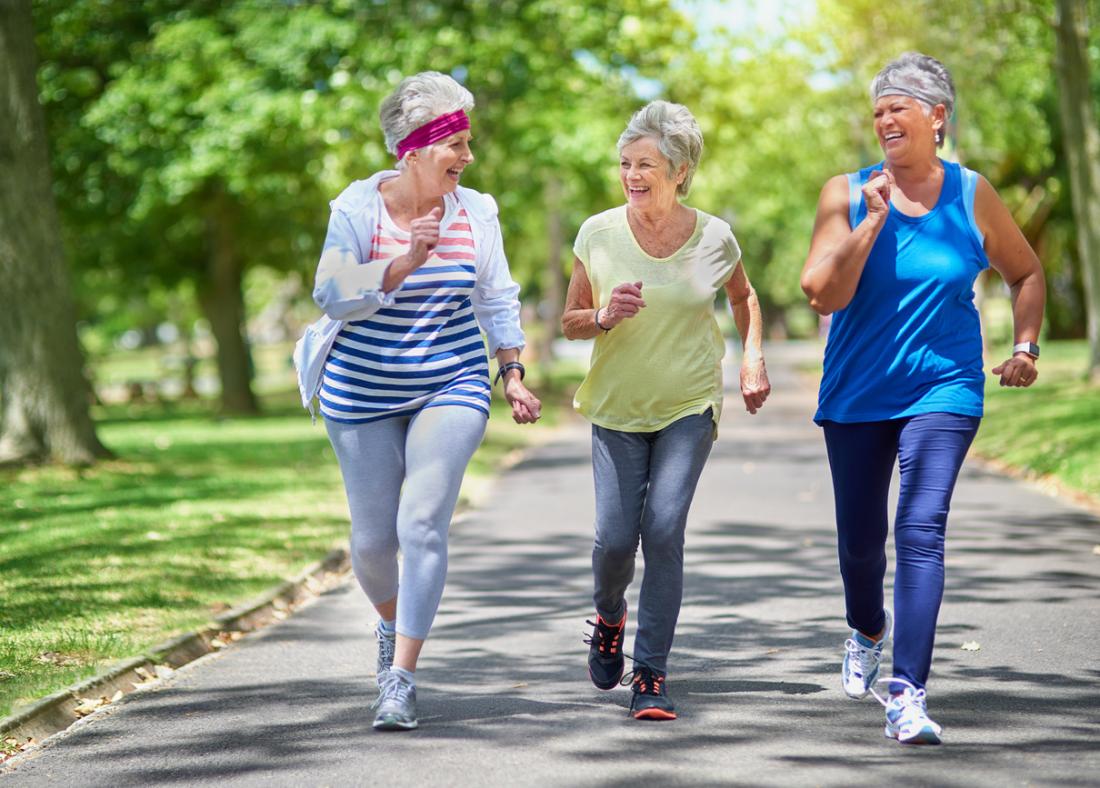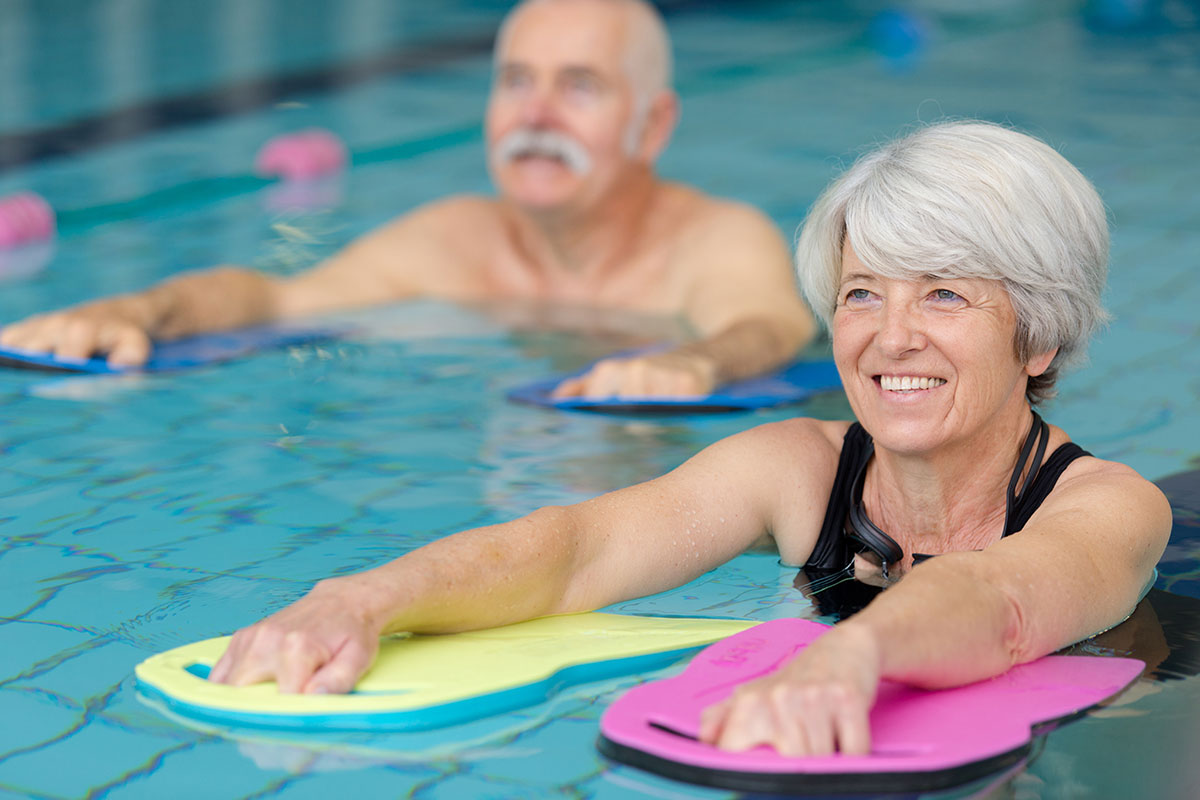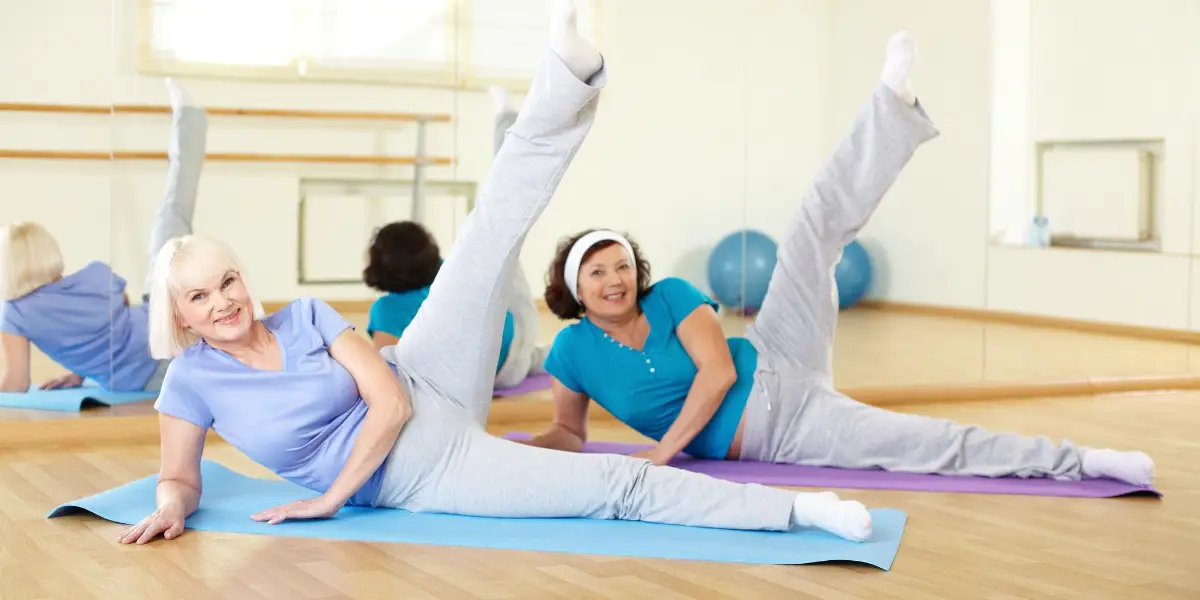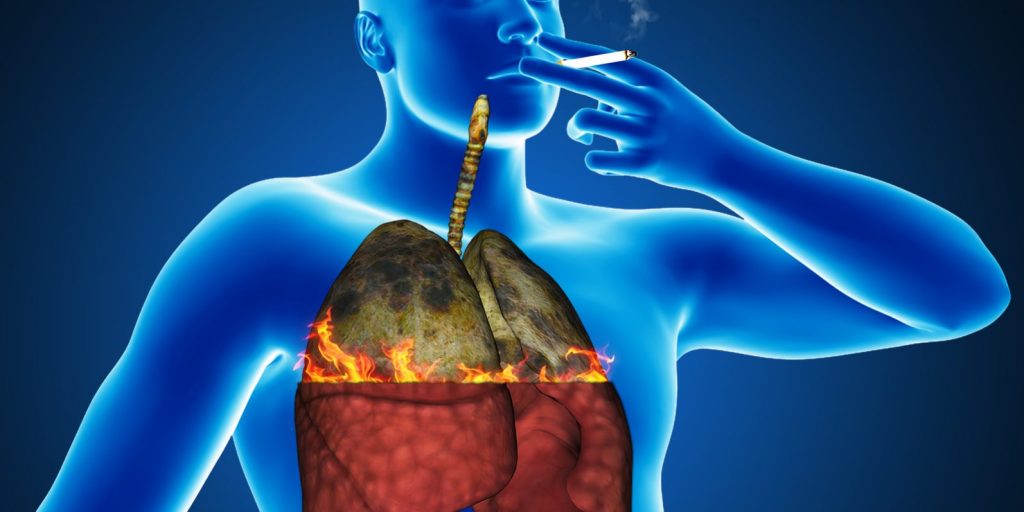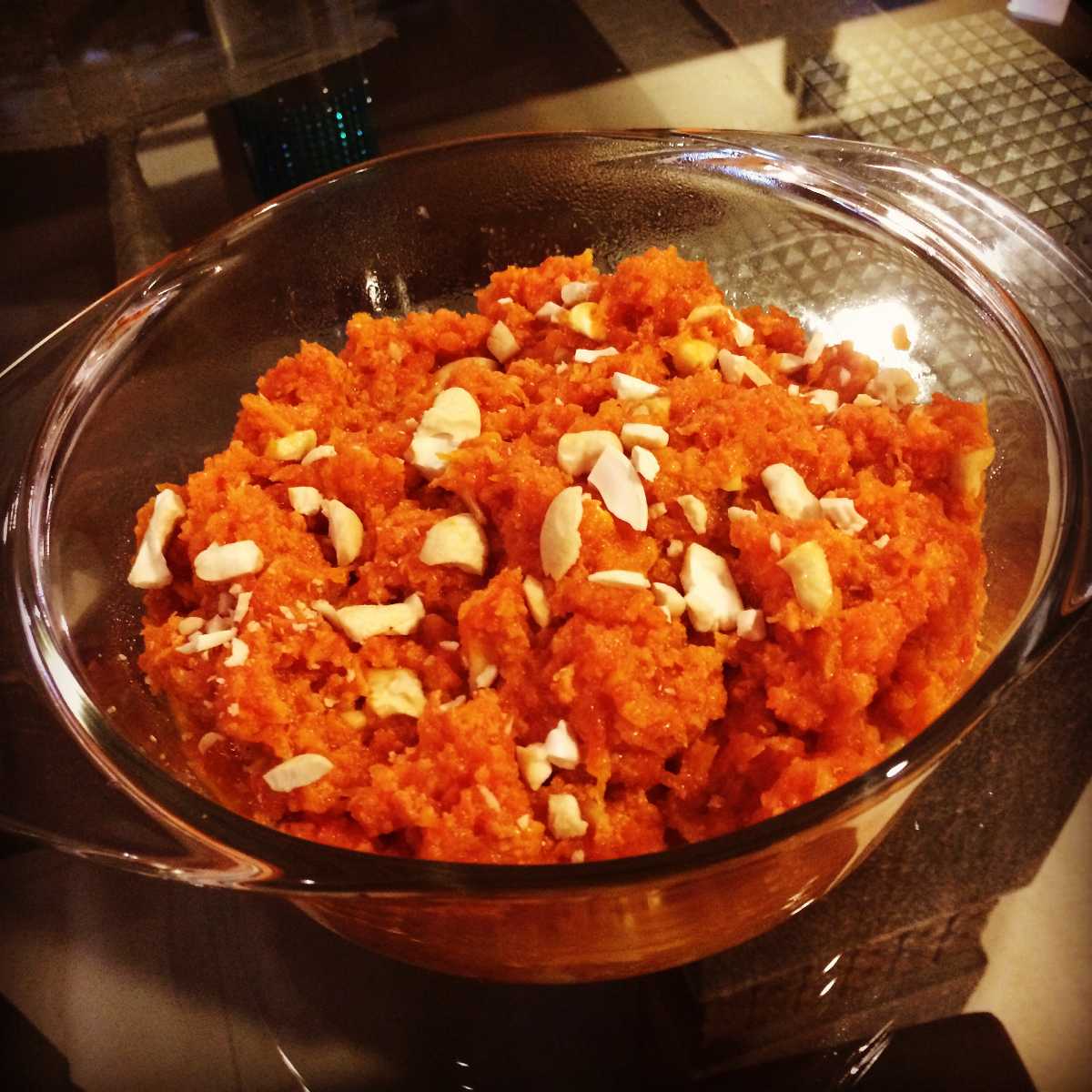A Comprehensive skincare routine is essential for maintaining healthy and radiant skin. Here's a detailed men's skincare routine that covers morning and evening:
Morning Skincare Routine:
1.
Cleansing:
Insights:
Morning cleansing helps remove any excess oil produced during the night without
stripping away essential moisture. A hydrating cleanser maintains the skin
barrier and prepares it for subsequent products.
Product
Recommendation: A hydrating cleanser with ingredients like ceramides,
glycerin, or aloe vera for a soothing effect.
Application:
Gently massage the cleanser onto damp skin in circular motions, then rinse with
lukewarm water.
Tip:
Use lukewarm water to avoid drying out the skin and pat dry with a clean towel.
2. Toning:
Insights:
Toning restores the skin's pH balance, promoting a healthy environment. Opt for
a toner with natural ingredients to soothe and refresh the skin.
Product
Recommendation: An alcohol-free toner with calming ingredients like rose
water or chamomile extract.
Application:
Apply the toner on a cotton pad and gently pat it onto the skin.
Tip:
Apply the toner using gentle patting motions to enhance absorption.
3.
Vitamin C Serum:
Insights:
Vitamin C protects against environmental damage, boosts collagen production,
and brightens the complexion.
Product
Recommendation: A vitamin C serum with at least 15% concentration.
Application:
Apply a few drops evenly on the face and neck, avoiding the eye area.
Tip:
Store the serum in a cool, dark place to preserve its potency.
4. Eye
Cream:
Insights:
The eye area is delicate and prone to aging. A specialized eye cream hydrates
and addresses concerns like puffiness and dark circles.
Product
Recommendation: An eye cream containing peptides and antioxidants.
Application:
Gently dab the eye cream around the orbital bone using your ring finger.
Tip:
Use your ring finger for application, as it applies the least pressure.
5.
Moisturizer with SPF:
Insights:
Sunscreen is crucial for protecting the skin from harmful UV rays. Combining it
with moisturizer ensures hydration while providing sun protection.
Product
Recommendation: A
broad-spectrum sunscreen with SPF 30 or higher.
Application:
Apply a sufficient amount to cover the face, neck, and ears, reapplying every
two hours if exposed to the sun.
Tip:
Apply sunscreen even on cloudy days, as UV rays can penetrate clouds.
6. Lip
Balm:
Insights:
Lips need protection, especially against sun exposure. A lip balm with SPF
prevents dryness and potential sun damage.
Product
Recommendation: A
moisturizing lip balm with SPF.
Application:
Apply as needed throughout the day to keep lips hydrated and protected.
Insights:
Lips need protection, especially against sun exposure. A lip balm with SPF
prevents dryness and potential sun damage.
Evening Skincare Routine:
1.
Cleansing:
Insights:
Evening cleansing removes accumulated dirt, pollutants, and makeup. Using a
salicylic acid cleanser aids in gentle exfoliation.
Product
Recommendation: A
cleanser with salicylic acid for gentle exfoliation.
Application:
Massage onto damp skin, paying attention to areas prone to breakouts, then
rinse.
Tip:
Double cleanse if wearing heavy makeup to ensure a thorough clean.
2.
Exfoliation (2-3 times a week):
Insights:
Exfoliation removes dead skin cells, preventing clogged pores and promoting
cell turnover.
Product
Recommendation: A
chemical exfoliant with alpha or beta hydroxy acids.
Application:
Apply a small amount to the face, avoiding the eye area. Follow product
instructions for frequency.
Tip:
Start with a lower frequency and gradually increase as your skin builds
tolerance.
3.
Toning:
Insights:
Evening toning maintains skin balance after cleansing, prepping it for
subsequent treatments.
Product
Recommendation: A toner
with ingredients like witch hazel or niacinamide.
Application:
Apply using a cotton pad or fingertips, focusing on areas with enlarged pores.
Tip:
Look for toners with added benefits like niacinamide for added skin benefits.
4.
Treatment (if needed):
Insights:
Targeted treatments address specific concerns such as acne or fine lines.
Product
Recommendation: Targeted
treatments with ingredients like benzoyl peroxide or retinol.
Application:
Apply a thin layer to specific areas of concern.
Tip:
Introduce one treatment at a time to monitor its impact on your skin.
5.
Hydration:
Insights:
Night creams replenish moisture and support skin repair during sleep.
Product
Recommendation: A
hydrating night cream with ingredients like hyaluronic acid or shea butter.
Application:
Gently massage onto the face and neck in upward motions.
Tip:
Massage the night cream using upward motions to promote absorption.
6. Eye
Cream:
Insights:
Nighttime eye creams often contain ingredients like retinol for enhanced
repair.
Product
Recommendation: An eye
cream with retinol or peptides.
Application:
Dab gently around the eyes using your ring finger.
Tip:
Apply a slightly thicker layer than in the morning for deeper hydration.
7. Lip
Balm:
Insights:
Overnight, lips can benefit from a more nourishing balm or treatment.
Product
Recommendation: A
nourishing lip balm or treatment.
Application:
Apply generously before bedtime to keep lips moisturized overnight.
Tip:
Choose a balm with ingredients like shea butter for intense hydration.
Weekly Treatment:
1. Face
Mask (1-2 times a week):
Insights:
Masks offer targeted benefits, from hydration to detoxification.
Product
Recommendation: Use
masks with ingredients like kaolin clay, hyaluronic acid, or antioxidant-rich
extracts.
Application:
Follow the instructions provided with the mask, leaving it on for the
recommended time.
Tip:
Choose masks based on your skin's current needs, adjusting seasonally.
2.
Physical or Chemical Exfoliation (1-2 times a week):
Insights:
Weekly exfoliation provides a deeper cleanse and promotes skin renewal.
Product
Recommendation: Choose a
scrub with fine particles or a stronger chemical exfoliant.
Application:
Gently massage onto damp skin, avoiding the eye area. Follow the instructions
provided.
Tip:
Avoid excessive pressure when using physical exfoliants to prevent irritation.
Remember to introduce new products gradually to ensure your
skin tolerates them well. By customizing your skincare routine based on your
skin type, concerns, and preferences, you can ensure optimal care for your
skin. Regular adjustments to your routine, considering environmental factors
and changes in skin condition, will help maintain healthy and radiant skin over
time. If you have specific concerns, consulting with a dermatologist can
provide personalized guidance.
MEN.jpg)
